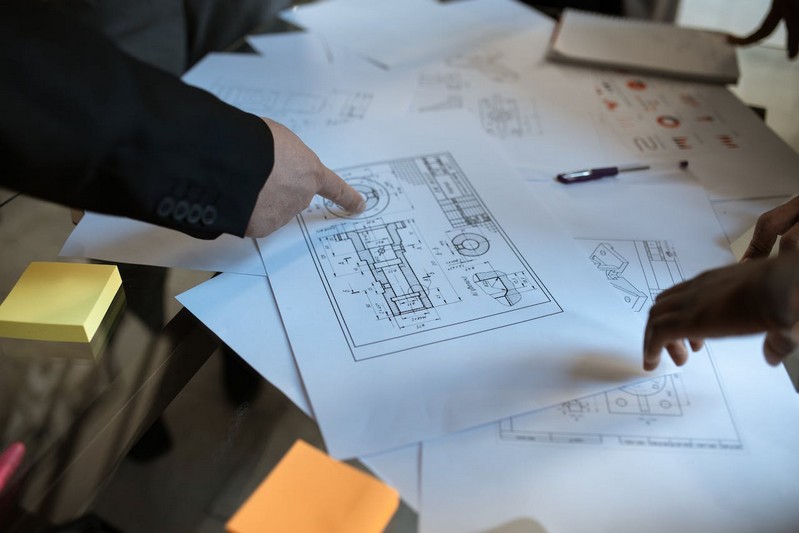In the dynamic world of commercial remodeling and construction, flexibility and adaptability are key. The ability to transform and partition spaces quickly and efficiently is a hallmark of successful projects. Temporary walls for construction, also known as temporary construction walls or temporary wall systems, are the unsung heroes of the industry. They offer a wide range of qualities and benefits that are indispensable for commercial remodeling projects.
Qualities to Look For
- Modularity: The best temporary walls are modular, allowing them to be configured to fit the unique needs of each project. Whether it’s creating partitioned workspaces or constructing temporary enclosures, modularity ensures flexibility.
- Ease of Installation: Quick setup is essential to minimize disruptions. Look for systems that are easy to install, reducing the time and labor required to get your project off the ground.
- Durability: Temporary walls should be sturdy and able to withstand the rigors of a construction environment. Durability ensures that they can be reused for multiple projects, offering long-term value.
- Customizability: Each project may have specific requirements. Temporary walls that can be customized in terms of size, design, and appearance are invaluable for achieving the desired aesthetics and functionality.
- Safety Compliance: Depending on the project, safety regulations and fire codes may apply. Ensure that the temporary walls meet these standards to maintain a safe work environment.
- Soundproofing: In settings where noise control is critical, look for walls that offer soundproofing capabilities. This helps maintain a quieter and more comfortable atmosphere for occupants.
Why These Qualities Are Important
- Adaptability: Commercial remodeling projects can vary greatly in scope and scale. Having walls that can adapt to different configurations ensures that they can be used for a wide range of projects, from minor alterations to major renovations.
- Efficiency: The ease of installation and breakdown offered by the best temporary walls streamlines the construction process. This efficiency translates to cost savings and minimizes disruption to business operations.
- Sustainability: Reusable and durable walls contribute to sustainability goals by reducing waste and the need for new materials for each project.
- Safety: Compliance with safety regulations is paramount. Temporary walls that meet these standards not only protect workers but also ensure that the project proceeds smoothly without delays or fines.
Benefits of the Best Temporary Walls
- Cost-Effective Solution: Temporary walls are a cost-effective alternative to permanent construction. They reduce material and labor costs, making them an attractive option for commercial remodeling.
- Minimized Disruptions: By partitioning off construction areas, temporary walls limit disruptions to the rest of the building. This is especially crucial for businesses that need to continue operations during renovations.
- Maintained Productivity: With the right temporary walls in place, employees can work in undisturbed areas, ensuring that productivity remains high throughout the project.
- Enhanced Safety: Temporary walls provide an additional layer of safety by keeping construction zones separate from occupied spaces. This reduces the risk of accidents and injuries.
- Aesthetically Pleasing: Temporary walls can be customized to blend seamlessly with the existing design, maintaining a professional and pleasing appearance.
- Sustainability: The reuse of temporary walls aligns with sustainability goals, reducing the environmental impact of construction projects.
As the commercial property remodeling industry continues to grow, the importance of the best temporary walls for construction cannot be overstated. They are the linchpin that allows businesses to adapt and transform their spaces efficiently and cost-effectively, all while maintaining the highest standards of safety and functionality.

